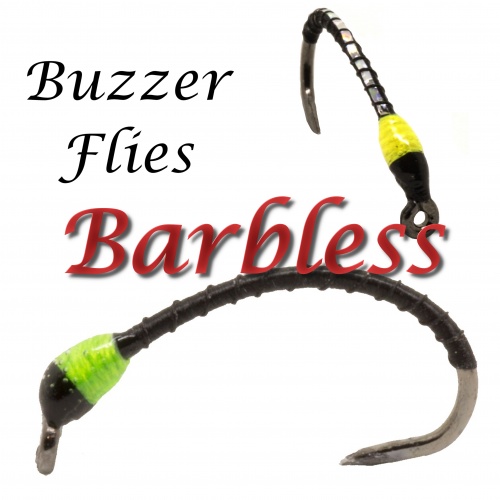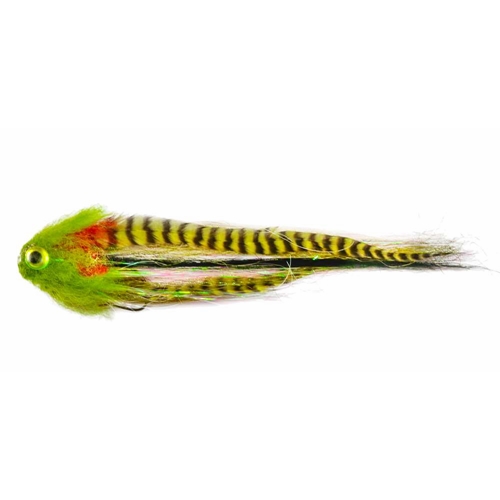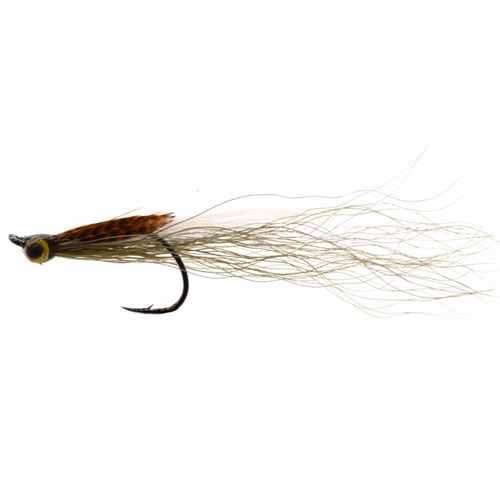Side casting in fly fishing allows you to handle problems like the wind and obstructions such as trees. A normal side cast is to one side of the body. On the other side of the body it becomes a backhanded side cast - for example, with the right hand working across the left shoulder.
The cardinal rule is to keep the line on you downwind side. If you are a right handed angler, backhanded casts are really valuable when the wind blows from your right hand side. That’s because you should be safe from line and fly because they are kept on the downwind side.
Let’s consider, though, how to deal with more problematic conditions. With a light right hand breeze, for instance, you should still be able to cast directly overhead. Alternatively you could angle the plane of the rod on the right hand side, away from your body in a side cast. This allows you a wider safety margin. With a stronger wind, though, you require a backhand cast to minimise the danger, because the line will be blown away from you and out of harm’s way.
A gale could mean you are unable to cope with even a backhanded cast. A gale makes it difficult to accelerate the line fast enough to execute a good back cast. In this case you can make a powerful back cast by turning away from the water and casting towards land with a forward cast backwards, turning once again to deliver a backhanded forward cast. This strange, unconventional, but effective method is known as the Galway Cast. But fly fishing with wind from you left hand side (again, if you’re right handed angler) shouldn’t cause you any problems at all.




















